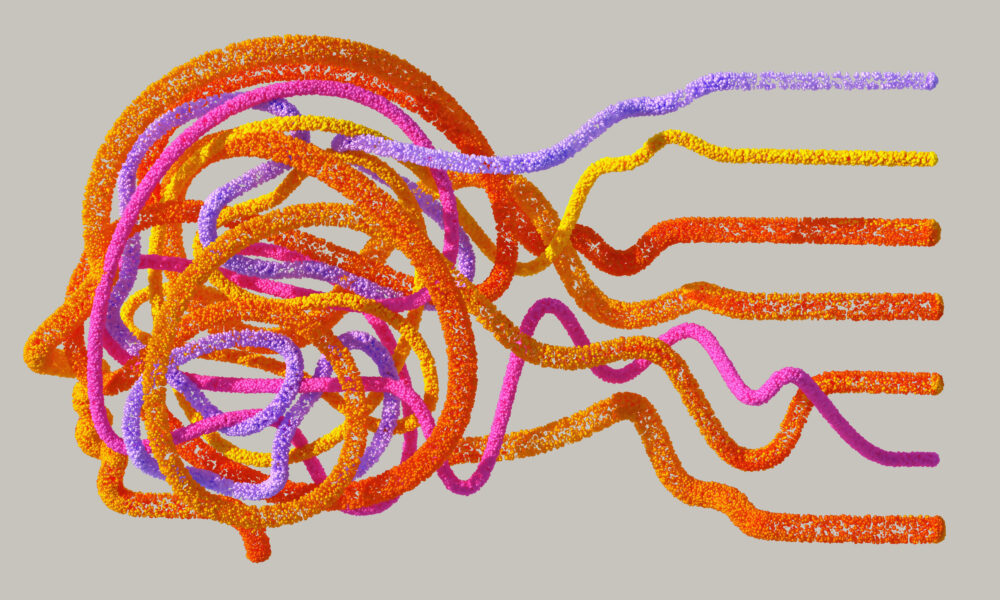The advent of artificial intelligence (AI) has profoundly influenced the way students learn, think, and create. As AI begins to enter mainstream usage, The Tribune aims to explore the evolving relationship between AI and members of the McGill community, including researchers, professors, and students. This week, Darren Li, U4 Quantitative Biology and Co-Founder of the McGill Arts Collective (MAC), offers insights on the potentials and pitfalls of AI from the perspective of a young creative.
Aiming to foster Montreal’s artistic community, MAC hosts weekly events that serve as a collaborative and discursive hub for painters, filmmakers, and artists of all forms. Despite AI’s growing presence in the art world, there seems to be a gap in familiarity and dialogue among student creatives.
“We actually haven’t had much discussion about AI and art,” Li noted in an interview with The Tribune.
This remark reflects a broader perspective: Generative AI in art has yet to reach a level of influence that significantly captures student artists’ attention. For many student artists, AI is increasingly viewed as a tool for inspiration rather than a threat. Li highlights its potential as a starting point for creativity.
“AI is a really good source of inspiration […] if you have some very abstract idea, maybe you can ask AI,” Li said. Adobe’s CEO, Shantanu Narayen, echoed this sentiment in a recent interview at Stanford, suggesting that generative AI in the creative and art space is going to augment human ingenuity, not replace it.
However, AI is not without its baggage. In the wider art world, the rise of AI-generated art raises concerns about fair pay and ethics. Traditional artists’ rates stand in stark competition to the remarkable affordability offered by AI art services. With monthly subscriptions costing only 11 to 33 CAD, platforms like DALL-E and Midjourney provide users with the ability to generate hundreds of images in various styles.
A major ethical concern is the fact that generative AI art models are trained using art collected online. Although some argue that the content used was in the public domain, DALL-E and Midjourney have been heavily criticized for using art without the artists’ informed consent. This has sparked public outcry among artists, especially digital creators, who suddenly find their art styles effortlessly replicated by AI.
Services such as Google’s AutoDraw and Quick Draw resolve this issue by explicitly disclosing that any art you make will be added to their database. Adobe has also committed to training their new Firefly AI using only licensed or copyright-expired content.
Li is optimistic that, although AI can make intricate pieces, it still lacks the artistic touch inherent in the human creative process.
“In the art gallery industry, you can’t get away with just using AI to generate art […] the human expression and physicality of your art is crucial, and AI can’t show that for you,” Li added. “AI is going to generate something that might look like your art, but it still needs that human input.”
Online examples show that AI can create unique images, but these still depend on the user’s creative prompts. Results are also often unpredictable, resulting in a visual mishmash as the confused AI scrambles to blend different references to meet the user’s request.
A key challenge that comes with the rapid progress of AI is balancing innovation and regulations. Li stresses the importance of ethical considerations and proposes solutions such as compensation for art used in training datasets and government-imposed guidelines.
“There definitely needs to be some ethical means of going about it. Some of the issues might not be resolved but would be lessened,” Li noted. “If there’s protection, I would feel less cheated.”
With ever-changing artistic and technological landscapes, student artists confront the multifaceted role of AI in art. While acknowledging the challenges and ethical concerns AI brings, young creatives must navigate embracing innovation while upholding human creativity. Their ability to adapt will signal a future of art that is both technologically advanced and deeply human; a canvas where AI serves as the brush, not the painter.






